
What are the consequences when a taboo is broken on the battlefield? Confirmation of Ukraine’s use of U.S.-supplied ATACMS missiles against targets inside Russia upended the strategic calculus of the war. Far from being just another long-range strike, it portends a shift in military policy, technological adaptation, and geopolitical maneuvering that could ripple well beyond Eastern Europe.
Limits imposed by Washington for months prohibited Kyiv from using its most advanced American-made ballistic missiles beyond its own territory. That first changed under President Biden in late 2024, and now apparently the Trump administration allows, or at least does not stand in the way of their use once more. The result is a high-profile strike on the Voronezh region deep inside Russia, and a debate over escalation, deterrence, and the future of long-range warfare in Ukraine.
Below is a listicle that breaks down nine of the most compelling aspects of this development, from the technical capabilities of ATACMS to the broader strategic implications and the parallel debates over supplying Ukraine with even longer-range Tomahawk missiles.
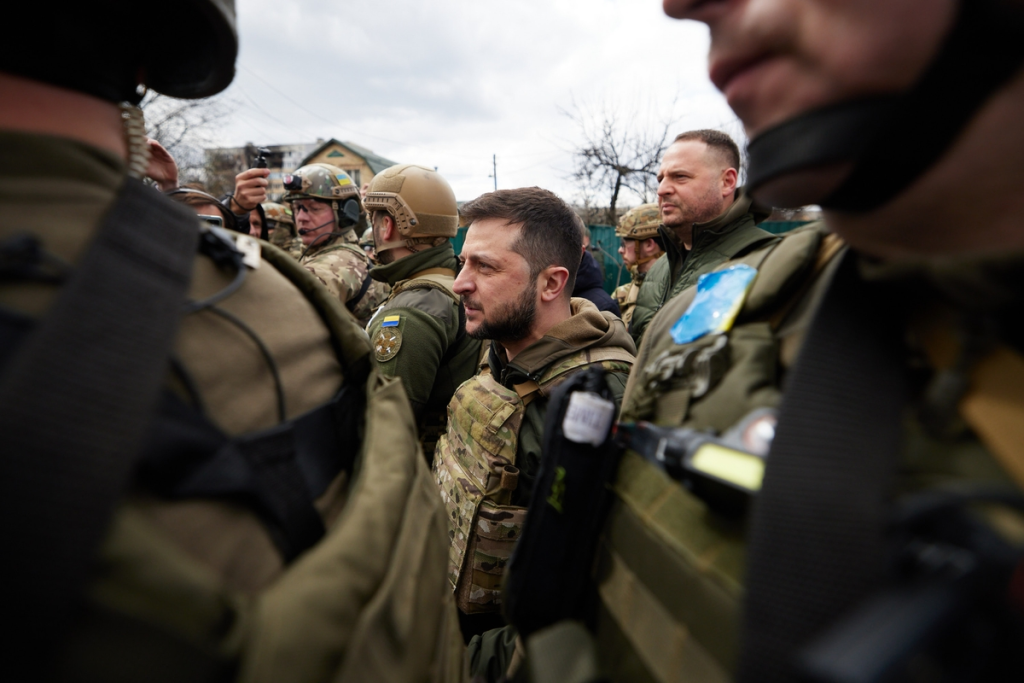
1. The Policy Shift That Made Deep Strikes Possible
The decision of the outgoing Biden administration in November 2024 to waive restrictions on Ukraine’s use of U.S.-made ATACMS against targets inside Russia marked a decisive break from prior policy. Initially, Kyiv was restricted to firing the missiles only within its own borders, despite nearly a fifth of Ukrainian territory being occupied. Biden’s move was justified partly by the arrival of North Korean troops in Russia’s Kursk region, but it also reflected a willingness to test Moscow’s reaction to deeper strikes. Under President Trump, months of Pentagon vetoes had stalled such operations, but the latest strike suggests that the White House has either approved or stopped blocking them.
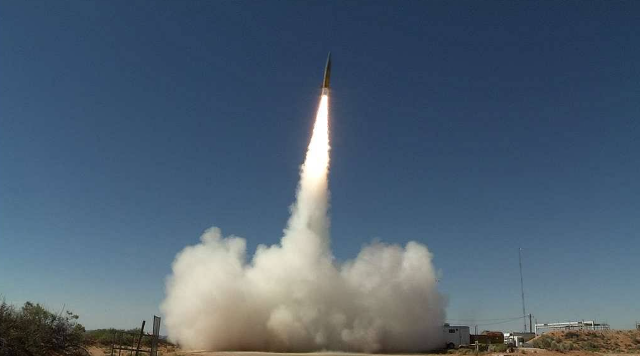
2. ATACMS Capabilities and Variants
The Army Tactical Missile System is a ground-launched ballistic missile with ranges between 165 to 300 km, depending on which variant. Modern models strike targets nearly 200 miles away, doubling the strike envelope compared to earlier versions supplied to Ukraine. They can be fitted out with unitary warheads for precision strikes or cluster munitions for area saturation-ideal against troop concentrations or airfields. Launch platforms include the M142 HIMARS and M270 MLRS, both in Ukraine’s arsenal.
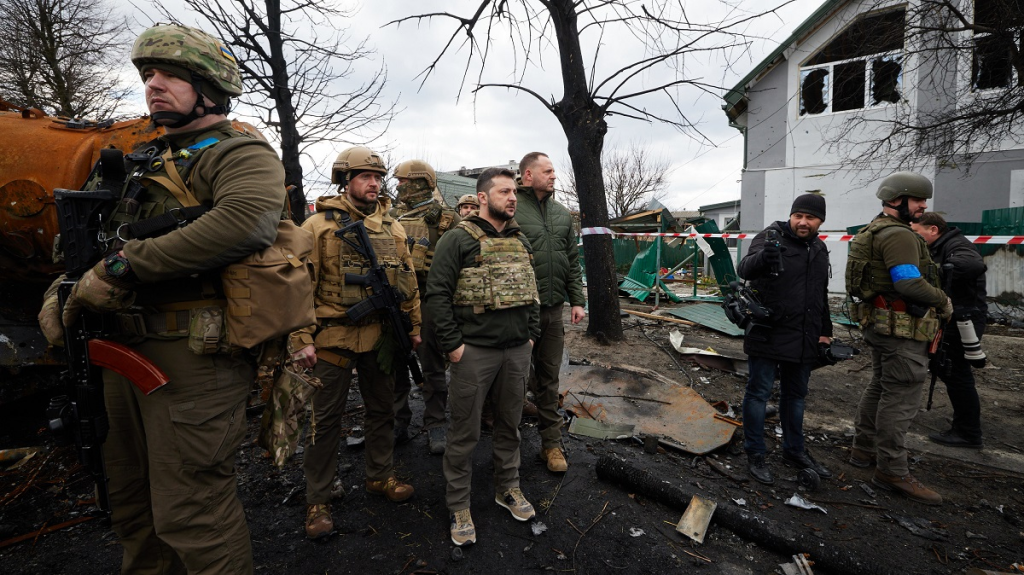
3. The Voronezh Strike and Target Selection
On Nov. 18, Ukrainian forces launched four ATACMS missiles over more than 200 km from the border at military sites in Russia’s Voronezh region. The Pogonovo training area and Baltimor airfield were cited as likely targets by Russian sources. While Moscow claimed all missiles had been shot down by S-400 and Pantsir systems, pictures of missile debris and accounts of cluster munition dispersal clouds indicate that at least some warheads reached their intended altitude. So far, Kyiv has refused to publish operational details pending damage assessment.
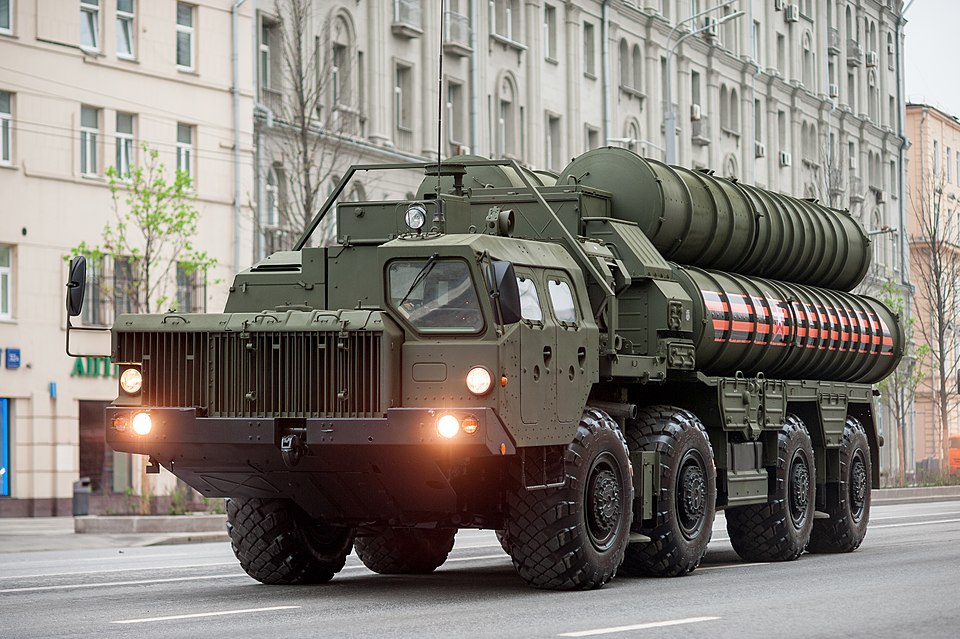
4. The Russian Air Defense Response and Narrative
The official Kremlin line was that the S-400 and Pantsir systems shot down all of the incoming missiles, with damage caused only by falling debris. Military blogger Aleksandr Sladkov touted this as proof of the superiority of Russian air defense. However, technical analysis of the intact stages of engines which have reached the ground indicates this is consistent with normal cluster munition deployment, not interception. Such a claim by Russia to have downed ballistic missiles with Pantsir systems is unprecedented and further viewed skeptically by independent observers.
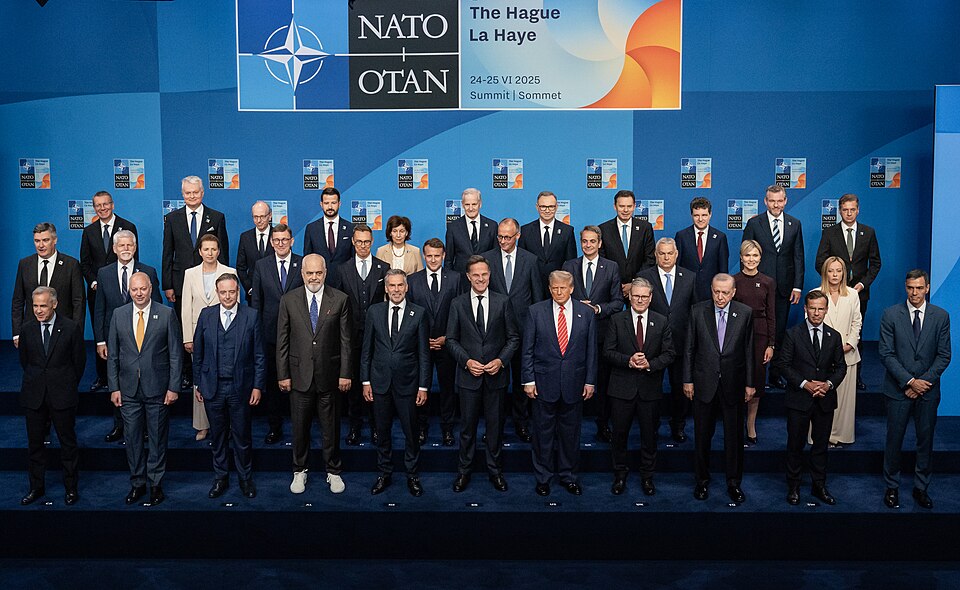
5. Evolving Long-Range Strike Doctrine of Ukraine
Ukraine’s deep strike campaign incorporates Western and domestic intelligence, complex penetration planning, and poststrike assessments. The need for continuous adaptation is connected with the need to penetrate the dense sensor and air defense network of Russia. Every week, Ukrainian planners and NATO partners revise target maps to exploit vulnerabilities. The cycle of strike and counterstrike is fast-moving: techniques which work one week may be obsolete the following week. Intelligence gained in these operations informs both Ukraine and its allies about the future strike doctrine well beyond Europe.
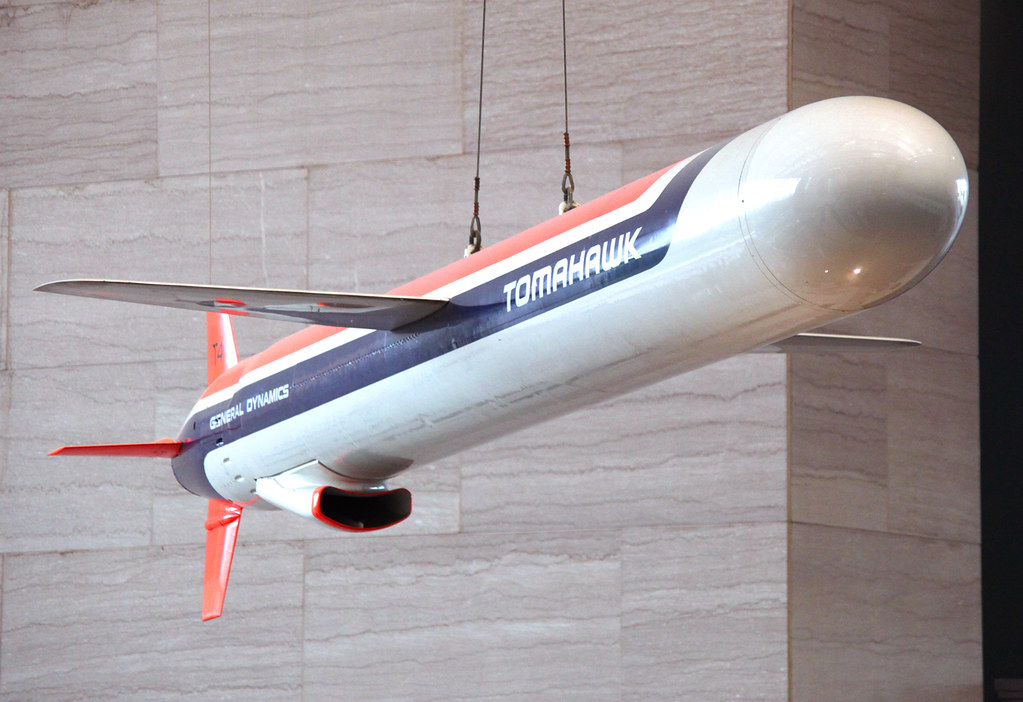
6. The Tomahawk Debate
Kyiv has asked for U.S.-made Tomahawk cruise missiles, which have a 1,550-mile range, to strike Russia’s energy infrastructure deep inland. The Pentagon has evaluated that such transfers would not impact U.S. stocks, but President Trump has resisted, citing domestic defense needs and explicit warnings by President Putin. Many hundreds of Tomahawks might destroy Russia’s oil industry, say analysts, but few think a small shipment would make any difference. The debate mirrors the tension between European theater needs and U.S. priorities in the Pacific.

7. Russian asymmetric advantages
In fact, at the moment, Russia has at least partial advantages in all of those factors in tandem: marginal tactical adaptation superiority, standardized drone production, manpower depth, and-most significant-effective operational-level command and control. Now, the Russian Rubicon drone units strike Ukrainian control centers there are glide bombs of extended ranges. This makes it quite challenging for Ukraine to sustain the offensive momentum even with an improved strike capability. In short, for the first time since the beginning of the war, several strategic and tactical asymmetries have started lining up for the advantage of Russia.

8. Western Stockpile Concerns and PrSM Factor
U.S. reluctance to send large numbers of ATACMS has stemmed from its limited inventories. Ukraine reportedly received fewer than 40 missiles initially and ran out by early 2024. The advent of the Precision Strike Missile program has eased some of the readiness concerns and has potentially freed more ATACMS for transfer. Still, Washington has prioritized other systems for Ukraine, viewing ATACMS as valuable but not a game-changer without substantial quantities.

9. Strategic Trajectory and Negotiation Leverage
Ukraine’s current approach-namely, sustaining U.S. and European support while imposing economic and military costs on Russia-is designed to compel negotiations. Long-range strikes are at the heart of this, but Ukrainian intelligence warns they are not enough on their own to alter President Putin’s calculus. The Tomahawk debate, the employment of ATACMS, and the integration of domestic missile programs such as Flamingo reflect Kyiv’s drive to expand its deep-strike capability by year’s end in a bid to end the war “on fair terms,” as President Zelensky put it.
The Ukrainian ATACMS strike inside Russia is more than a tactical event it is a milestone in the war’s evolving rules of engagement. This shows both the opportunities and the limits of long-range precision warfare in shifting strategic balances. Whether this is a sign that the policy has really shifted in Washington or this was just a one-off approval, one thing is sure: the political and operational green light has been given to Ukraine to strike deep inside Russia with U.S.-provided weapons. The next question is, will such strikes remain a rare demonstration or a sustained campaign capable of changing the trajectory of the war?

